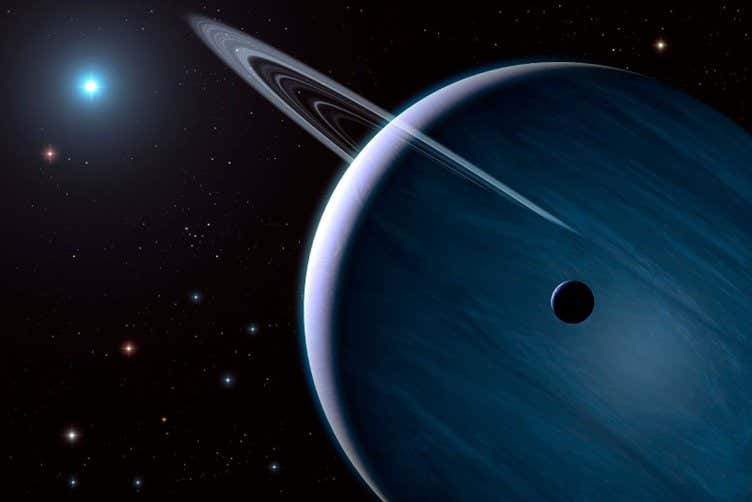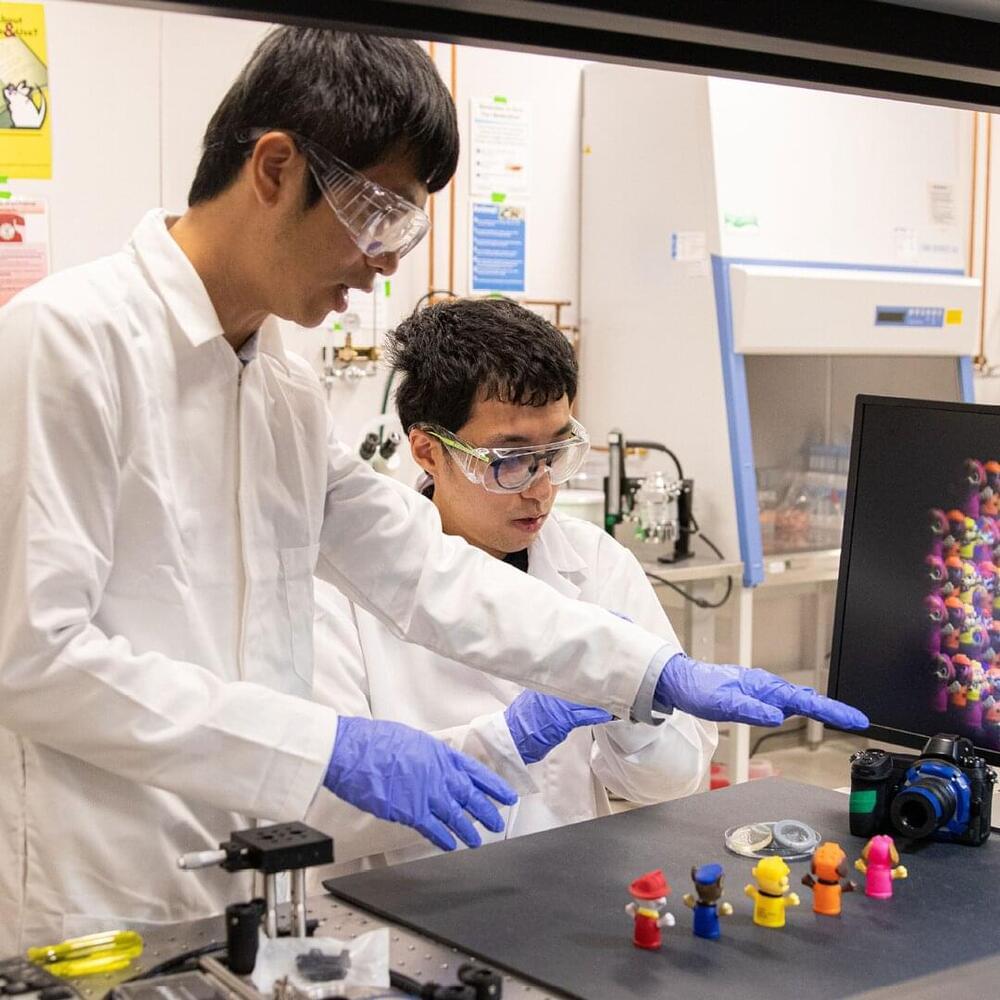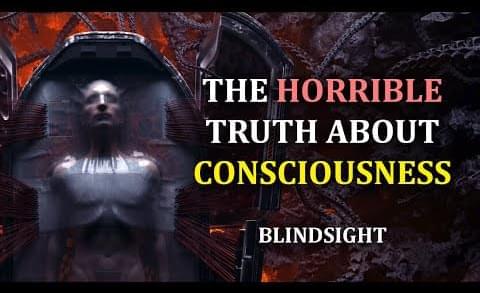EU today — news, views, & analysis from across the EU & beyond.
Background: Breast cancer is one of the most common cancers and the leading cause of death from cancer among women worldwide. The genetic predisposition to breast cancer may be associated with a mutation in particular genes such as gene BRCA1/2. Patients who carry a germline pathogenic mutation in BRCA1/2 genes have a significantly increased risk of developing breast cancer and might benefit from targeted therapy. However, genetic testing is time consuming and costly. This study aims to predict the risk of gBRCA mutation by using the whole-slide pathology features of breast cancer H&E stains and the patients’ gBRCA mutation status.
Methods: In this study, we trained a deep convolutional neural network (CNN) of ResNet on whole-slide images (WSIs) to predict the gBRCA mutation in breast cancer. Since the dimensions are too large for slide-based training, we divided WSI into smaller tiles with the original resolution. The tile-based classification was then combined by adding the positive classification result to generate the combined slide-based accuracy. Models were trained based on the annotated tumor location and gBRCA mutation status labeled by a designated breast cancer pathologist. Four models were trained on tiles cropped at 5×, 10×, 20×, and 40× magnification, assuming that low magnification and high magnification may provide different levels of information for classification.
Results: A trained model was validated through an external dataset that contains 17 mutants and 47 wilds. In the external validation dataset, AUCs (95% CI) of DL models that used 40×, 20×, 10×, and 5× magnification tiles among all cases were 0.766 (0.763–0.769), 0.763 (0.758–0.769), 0.750 (0.738–0.761), and 0.551 (0.526–0.575), respectively, while the corresponding magnification slides among all cases were 0.774 (0.642–0.905), 0.804 (0.676–0.931), 0.828 (0.691–0.966), and 0.635 (0.471–0.798), respectively. The study also identified the influence of histological grade to the accuracy of the prediction.
Free Virtual Event!
Posted in business, economics, policy, space travel, sustainability
Space is no longer a remote and special place – it is becoming a part of our life and economy.
In parallel with technological advances such as space travel, lunar exploration and next-generation spacecraft, the number of businesses that utilize space has grown. Space has become an indispensable part of our lives.
The Nikkei Virtual Global Forum “The Future of Space 2022” will explore the possibilities of space, from Earth’s orbit to the Moon, Mars and beyond, and the global benefits and impacts on the economy, business and society. We will also discuss such issues as international collaboration, sustainable space utilization and policy responses.
Strange planets nicknamed BEASTies are unlikely to have formed around their current stars. They may have been stolen from other stars or captured from deep space.
Tiny machines that deliver therapeutic payloads to precise locations in the body are the stuff of science fiction. But some researchers are trying to turn them into a clinical reality.
Researchers demonstrated that the brains of people playing an online game together were synchronized without physical presence.
Online gaming and other types of online social interaction have become increasingly popular during the COVID pandemic. This trend is likely to continue due to increased remote working and investments in social technology.
Previous research has shown that people’s brains activate in a similar and simultaneous way during social interaction. Such inter-brain neural synchronization has been associated with empathy and cooperation in face-to-face situations. However, its role in online, remote interaction has remained unknown.
Researchers have developed a camera that uses a thin microlens array and new image processing algorithms to capture 3D information about objects in a scene with a single exposure. The camera could be useful for a variety of applications such as industrial part inspection, gesture recognition and collecting data for 3D display systems.
“We consider our camera lensless because it replaces the bulk lenses used in conventional cameras with a thin, lightweight microlens array made of flexible polymer,” said research team leader Weijian Yang from the University of California, Davis. “Because each microlens can observe objects from different viewing angles, it can accomplish complex imaging tasks such as acquiring 3D information from objects partially obscured by objects closer to the camera.”
In the journal Optics Express, Yang and first author Feng Tian, a doctoral student in Yang’s lab, describe the new 3D camera. Because the camera learns from existing data how to digitally reconstruct a 3D scene, it can produce 3D images in real time.
In this video we discuss The Blindsight by Peter Watts. It is a Science Fiction book about mankind’s first contact with alien life!
My New Sci-Fi Comic: https://www.quinnhoward.net/theliebehindthestar.
Art: https://docs.google.com/document/d/1rWiriwUewTnuuul0ZT4N4eV2…sp=sharing.
Music: https://www.youtube.com/watch?v=F3GvHMd_OJs.
FOLLOW QUINN ON TWITTER: Twitter: https://twitter.com/IDEASOFICE_FIRE
Three-Body Playlist: https://youtube.com/playlist?list=PLRXGGVBzHLUfIzEhovpQJ2ENiNvJoOD2A
Gargantuan young stars blast this region with ultraviolet radiation, and that may play a key role in how solar systems eventually form.









